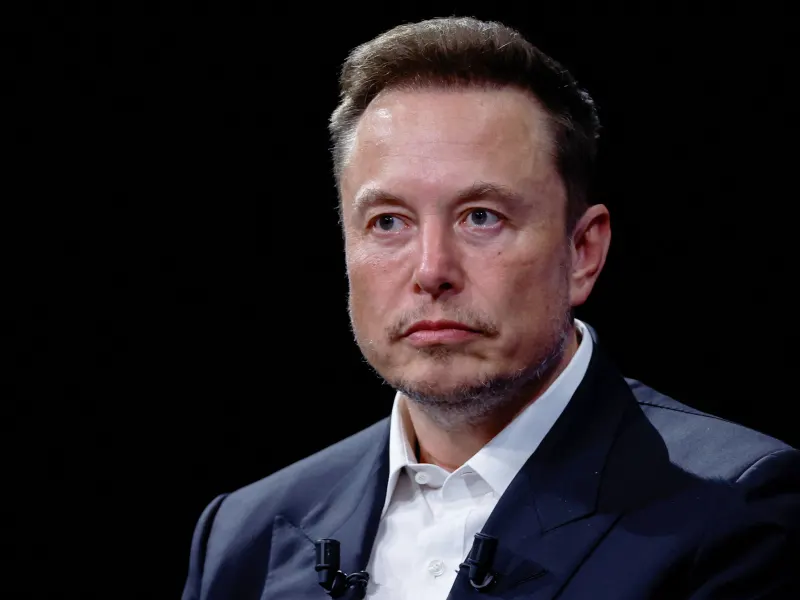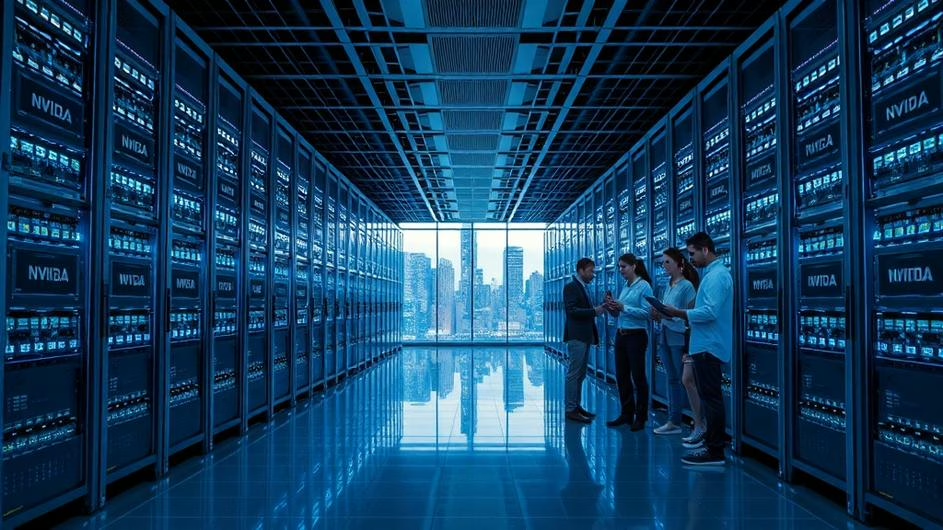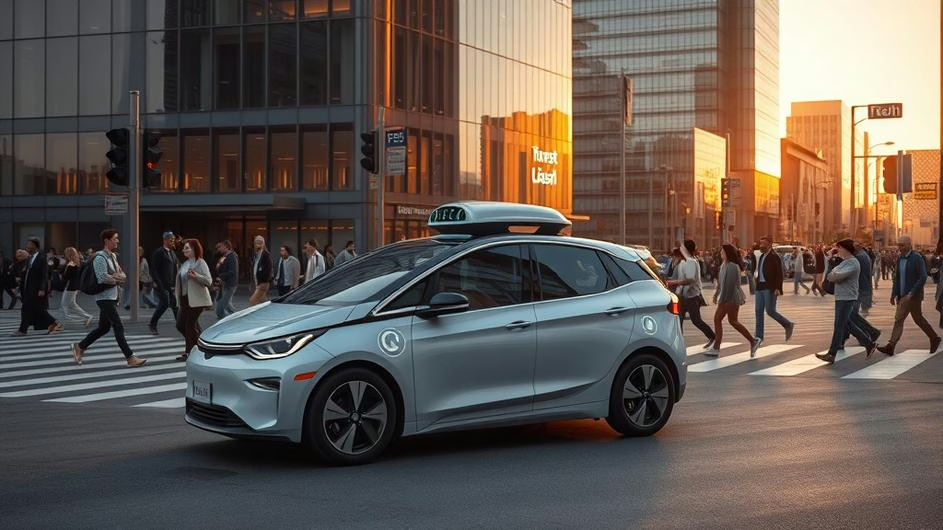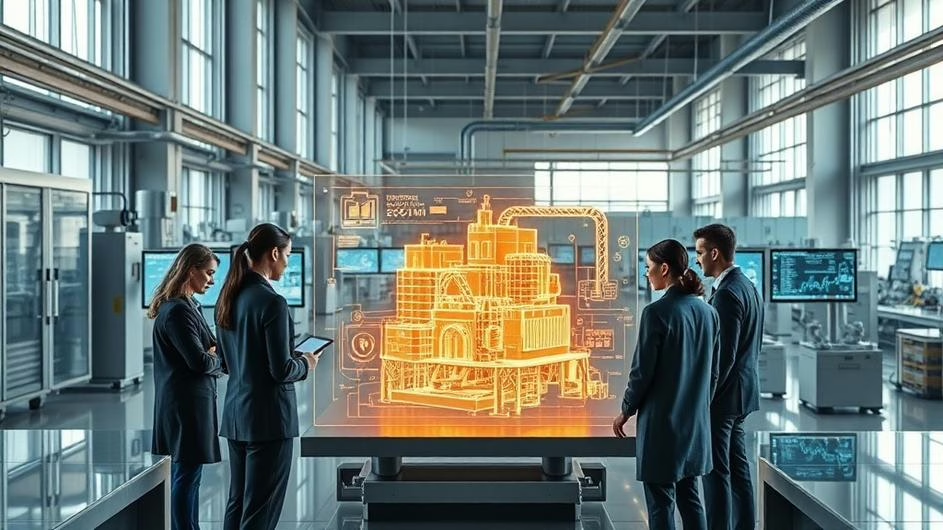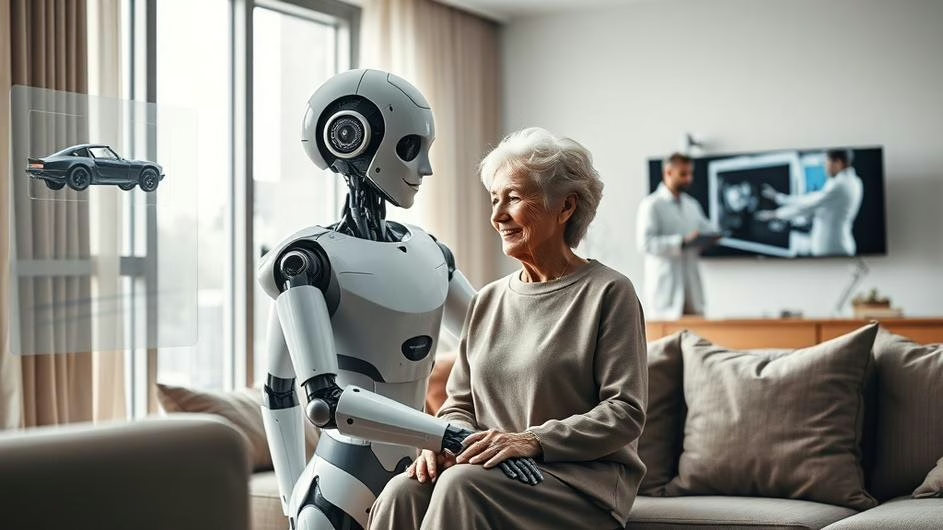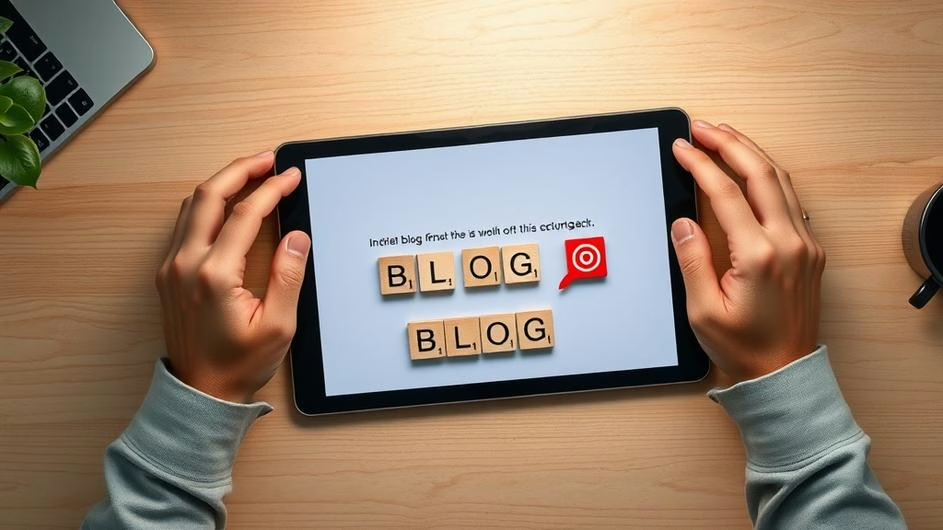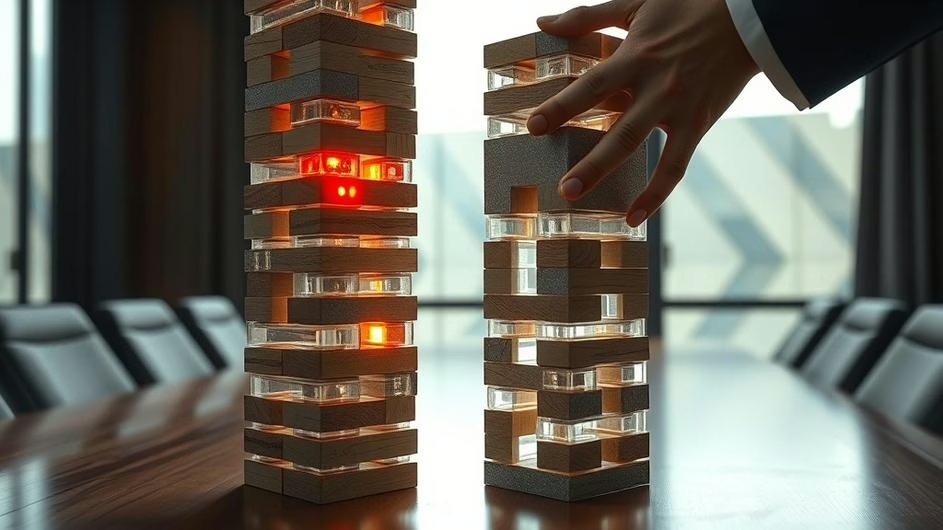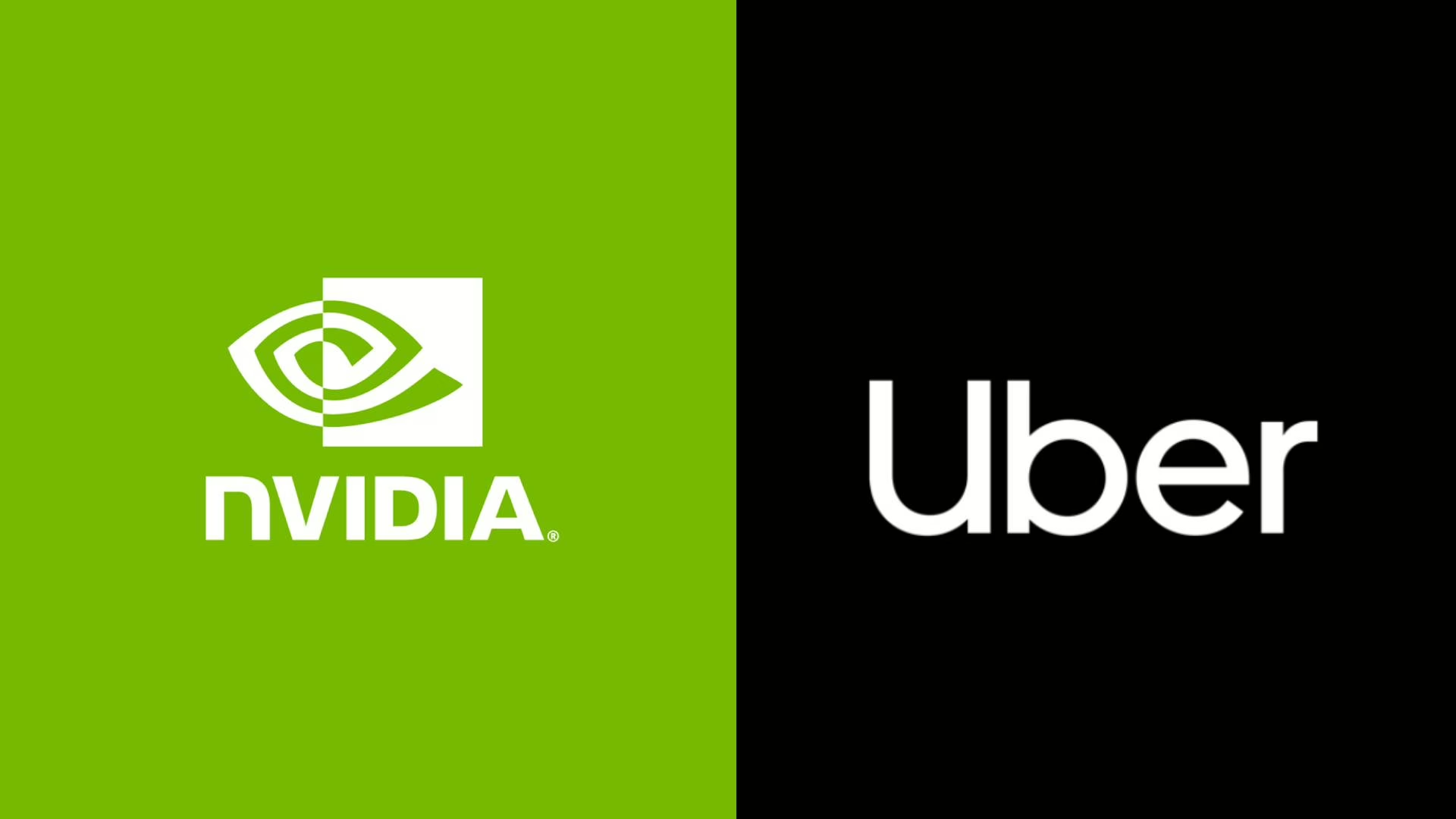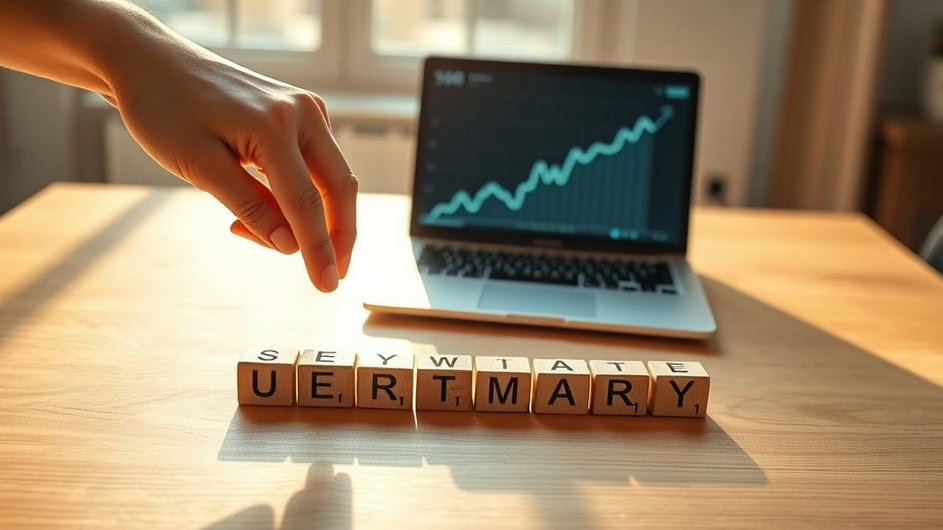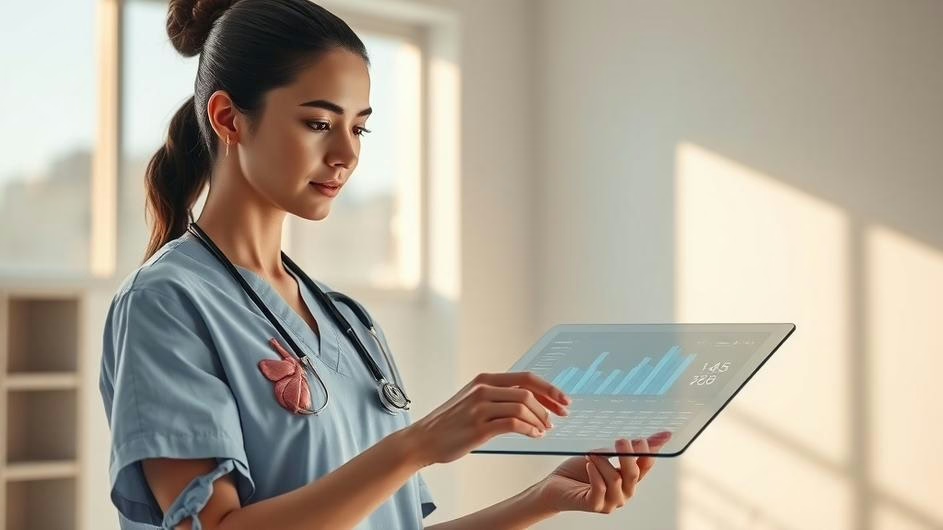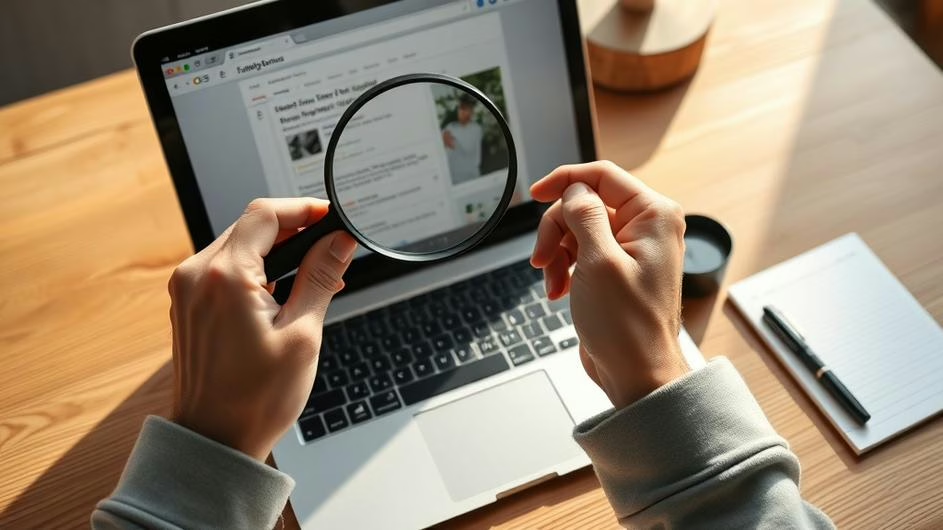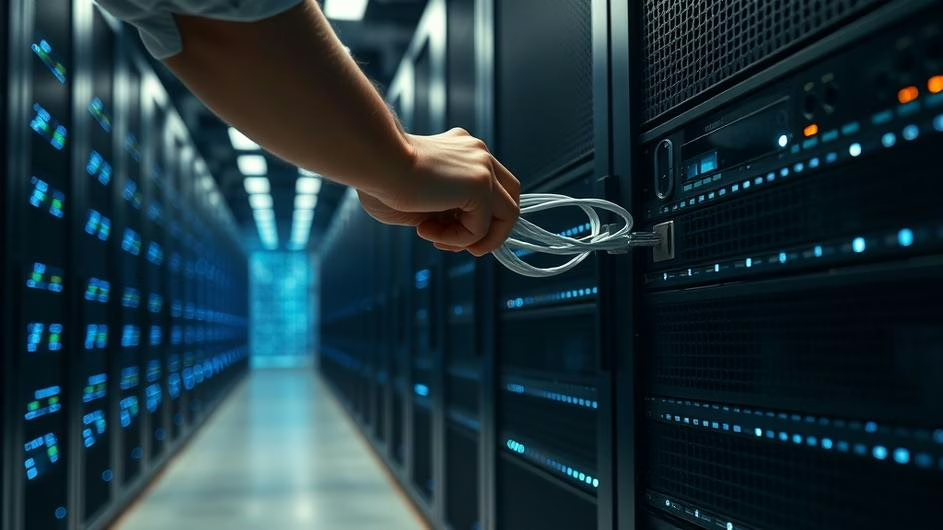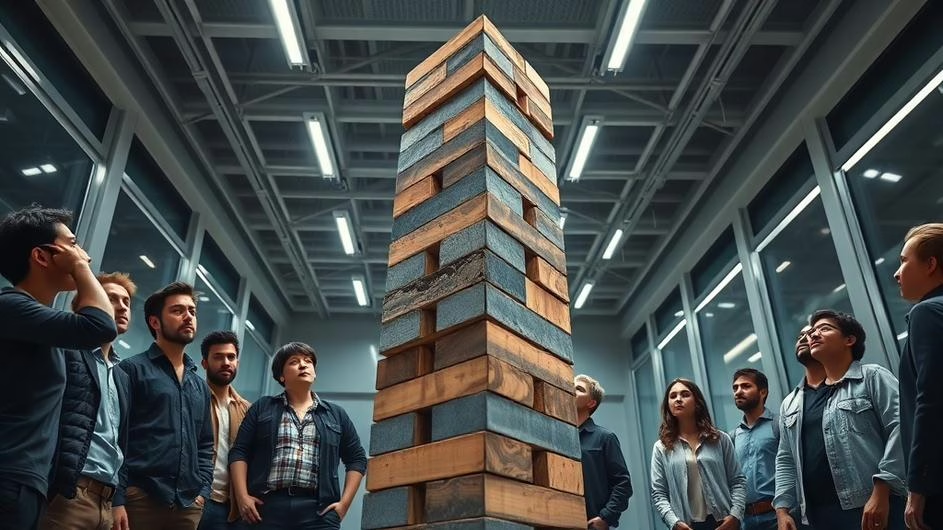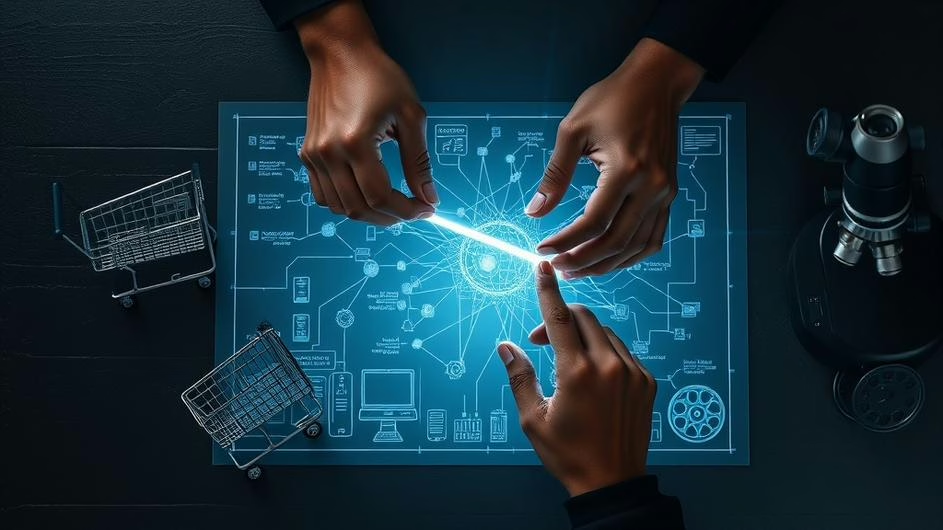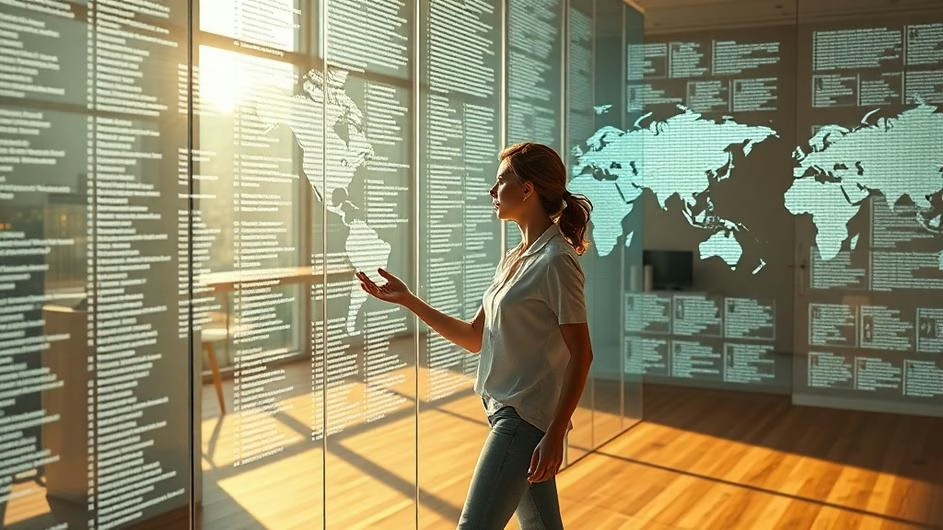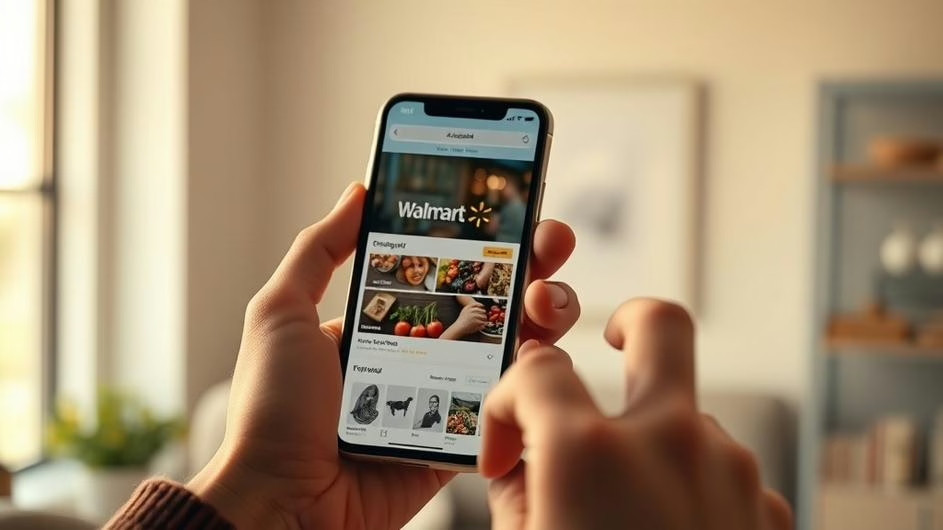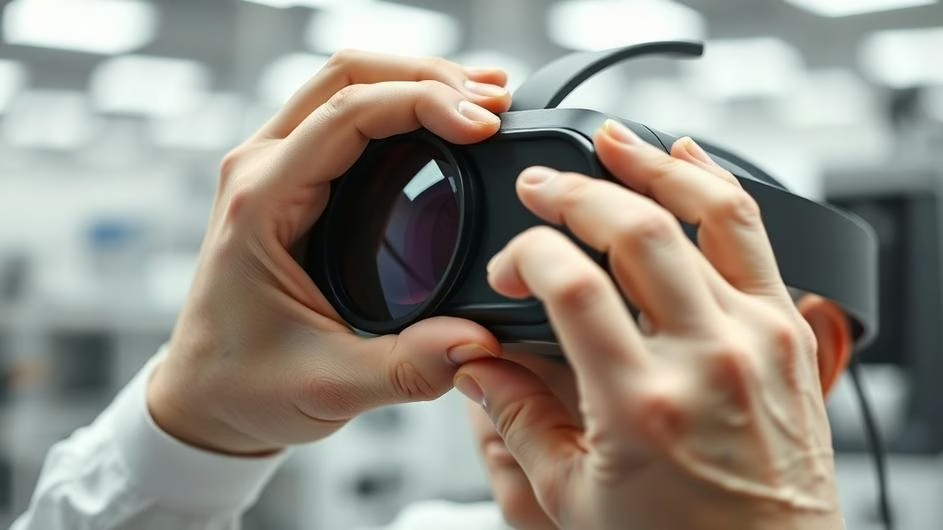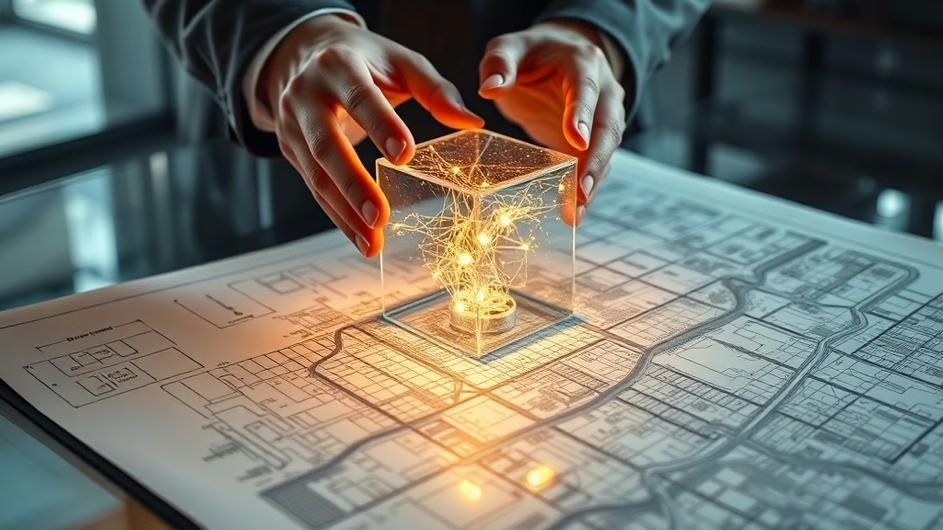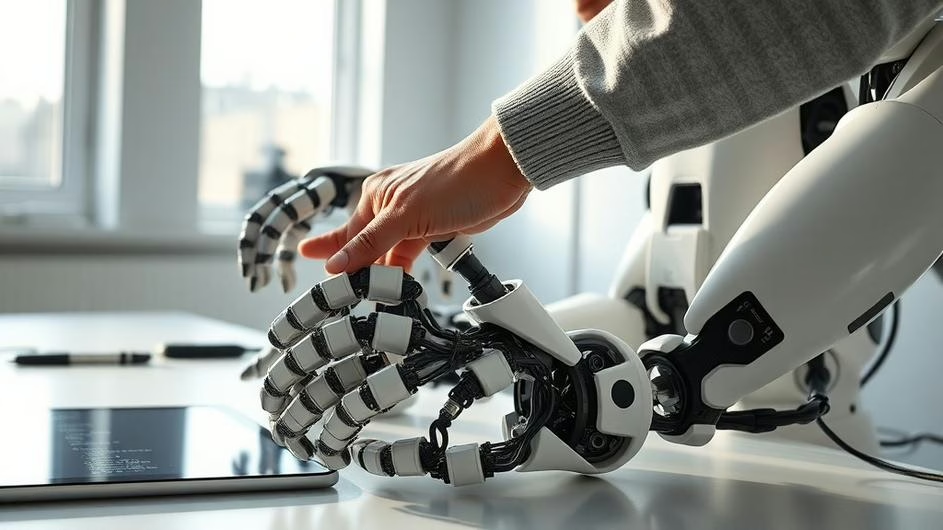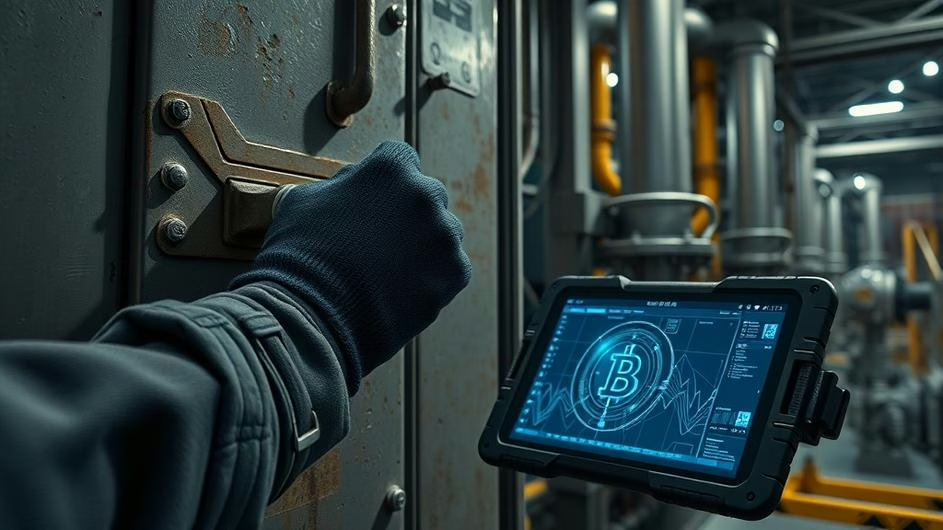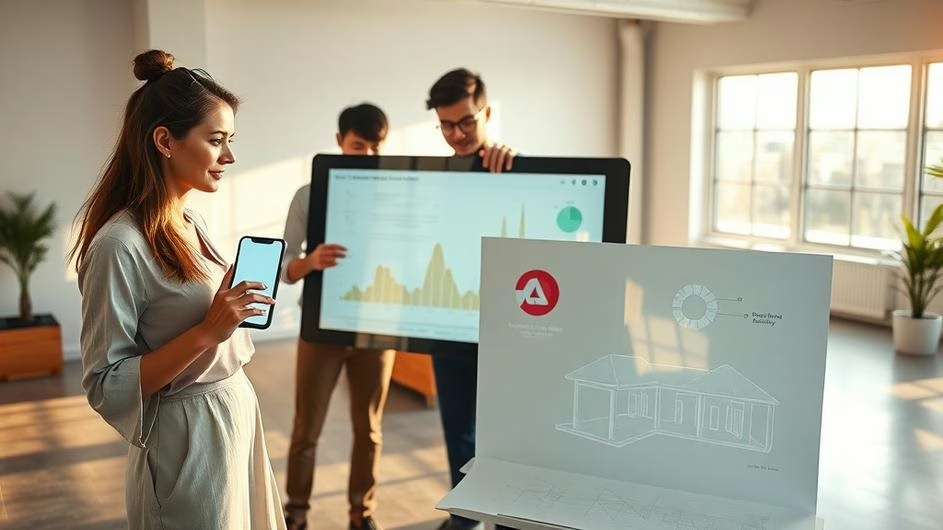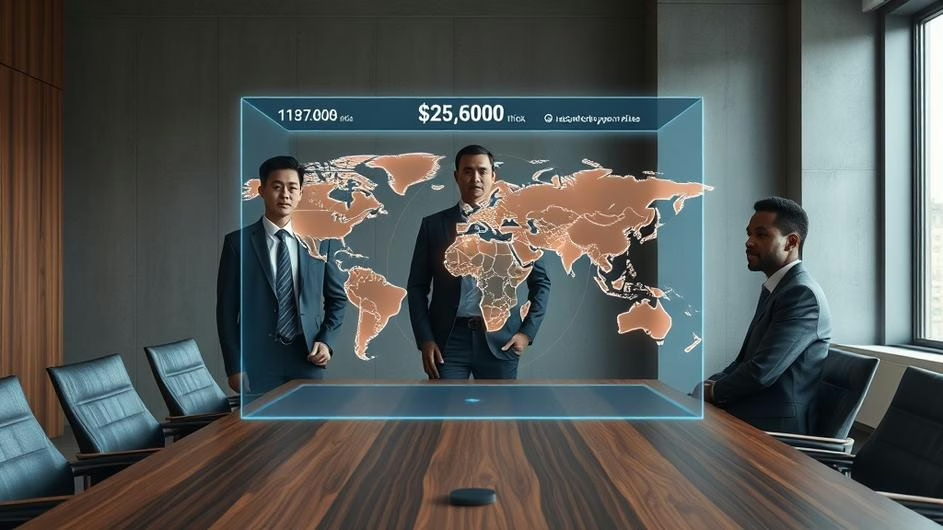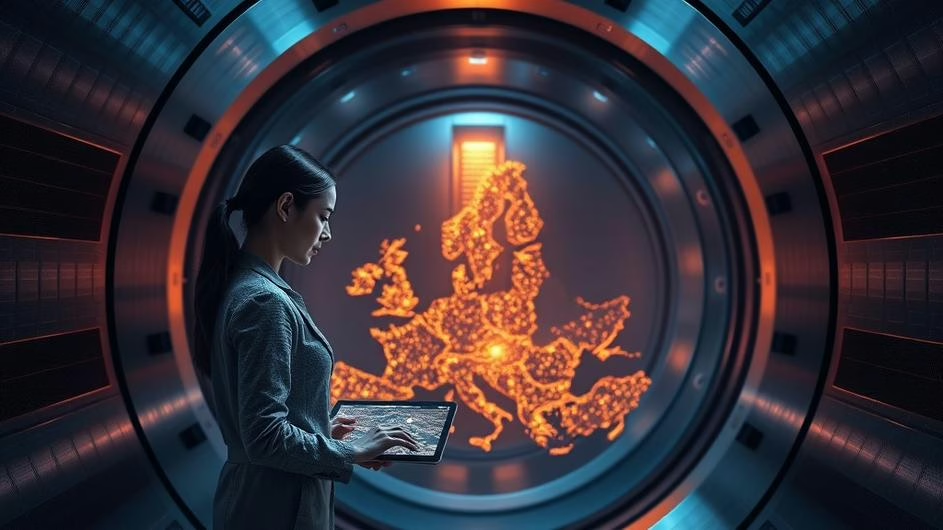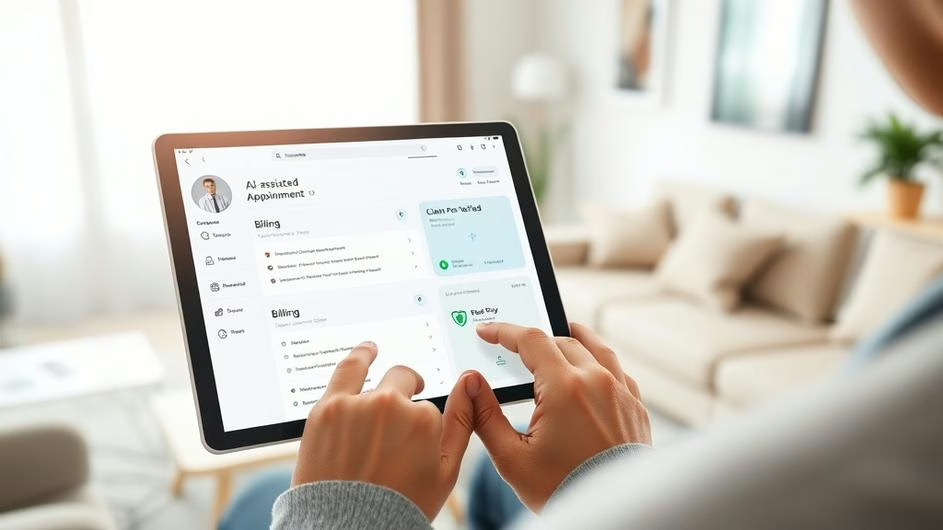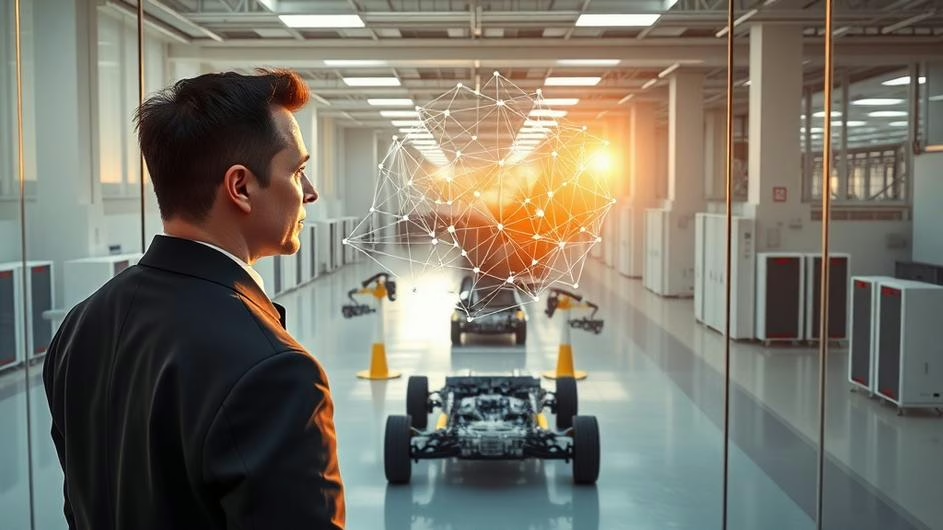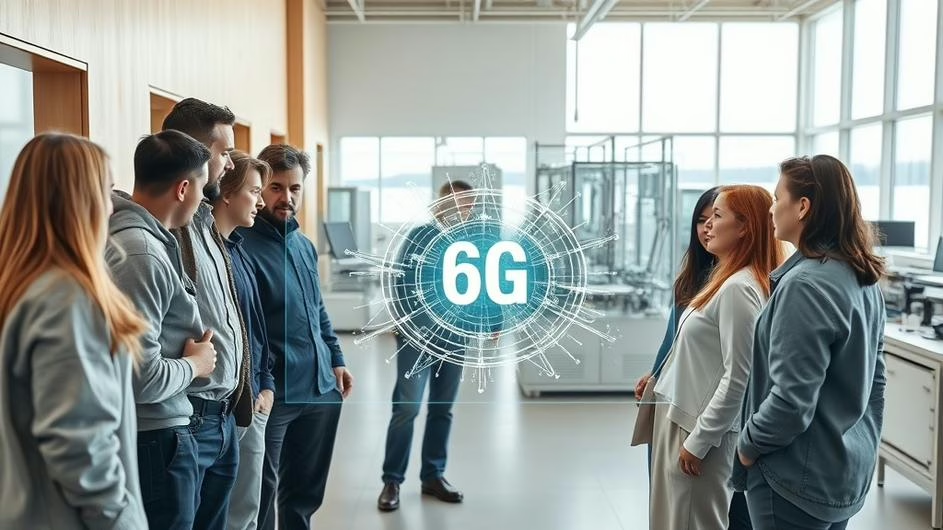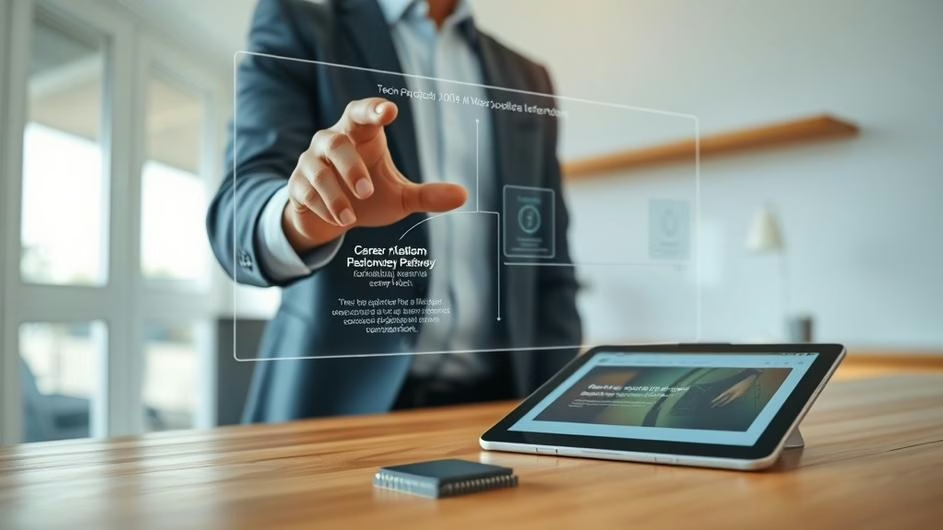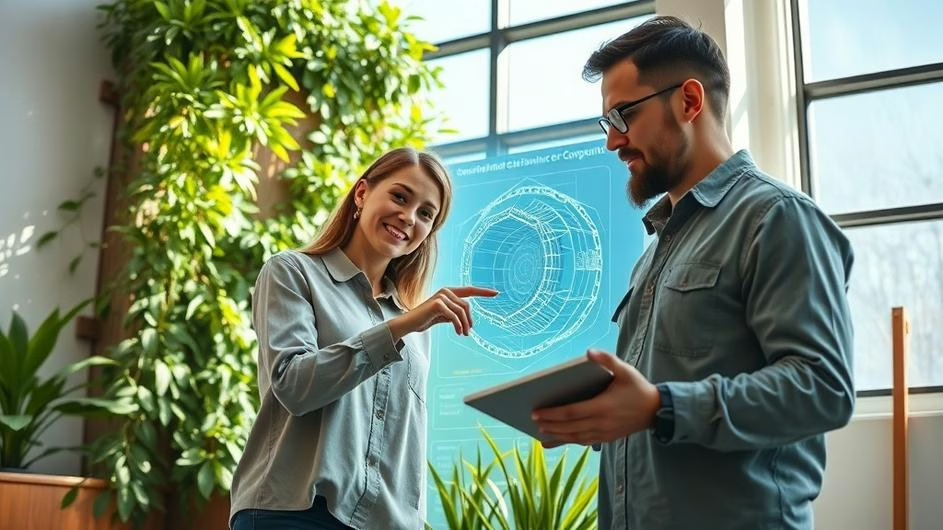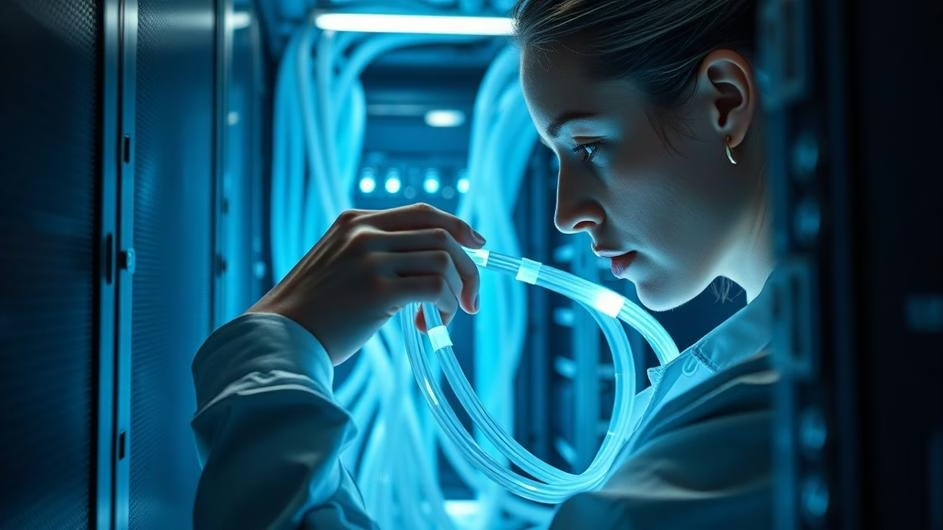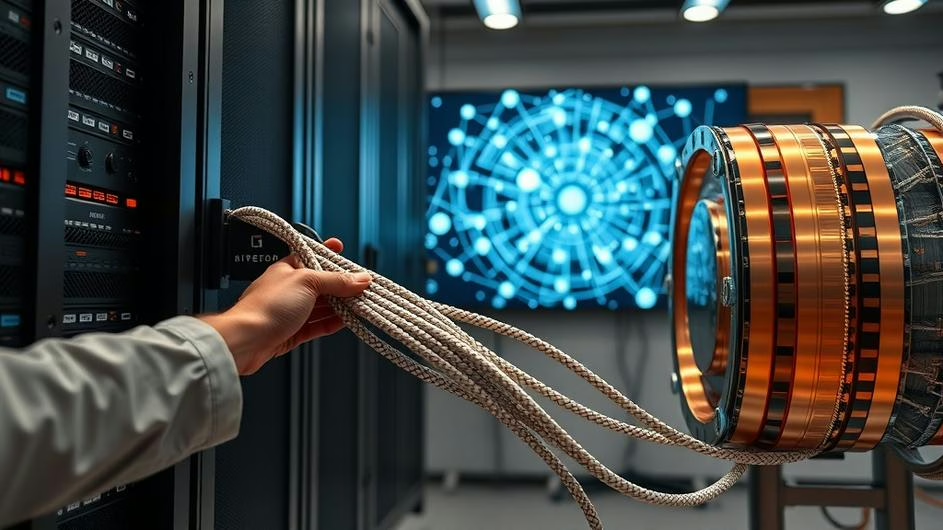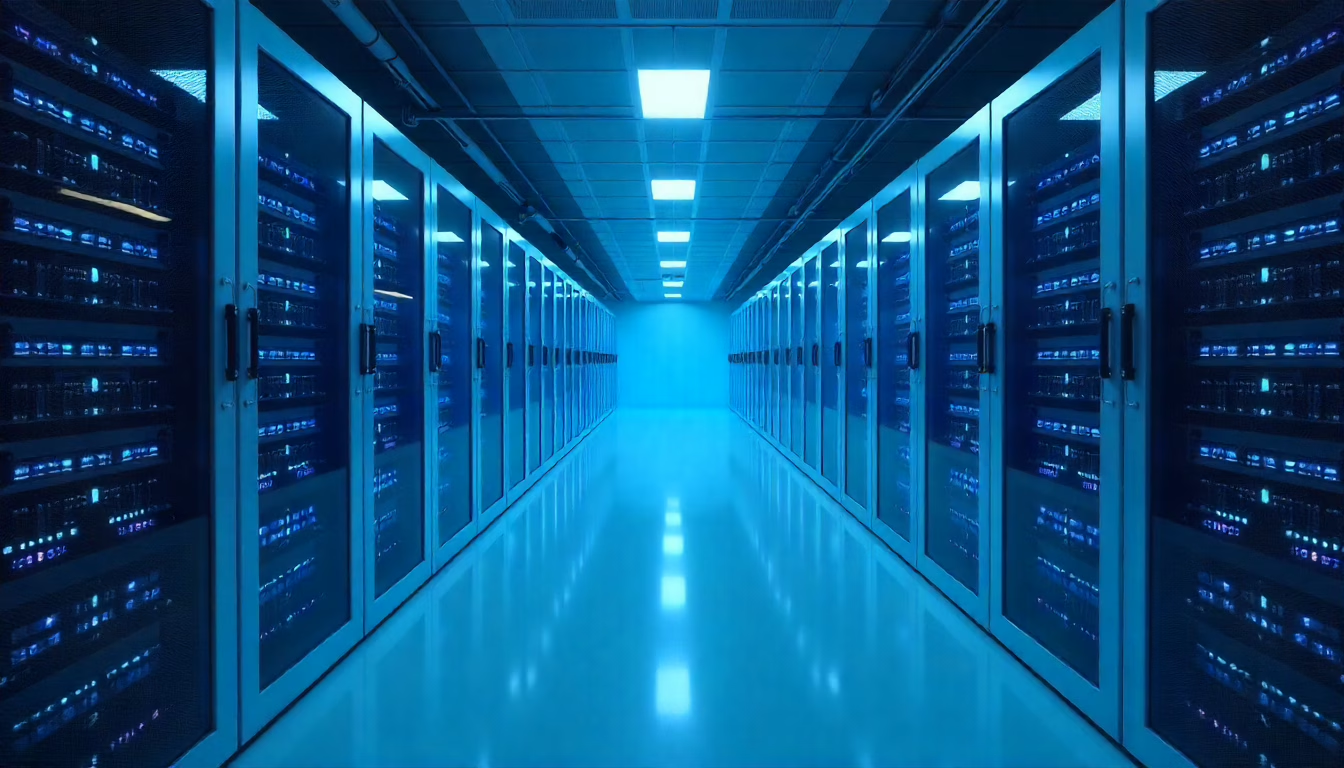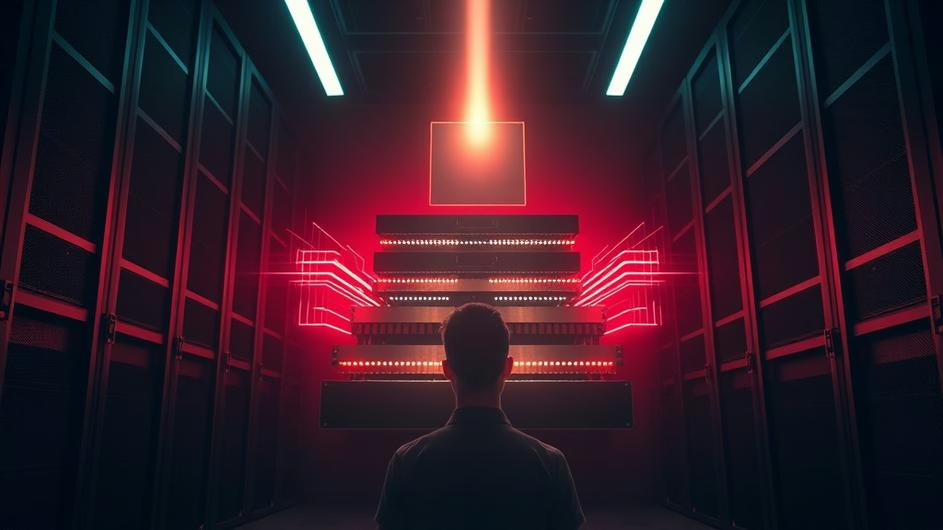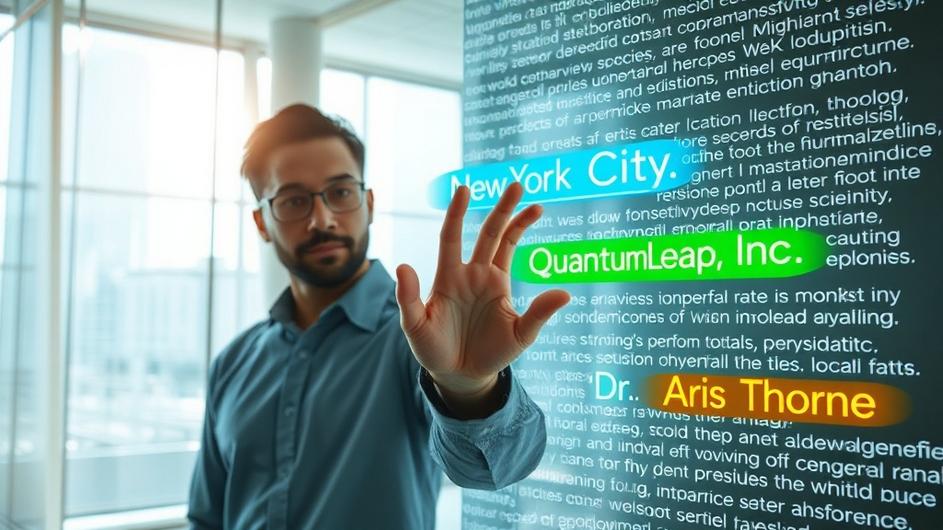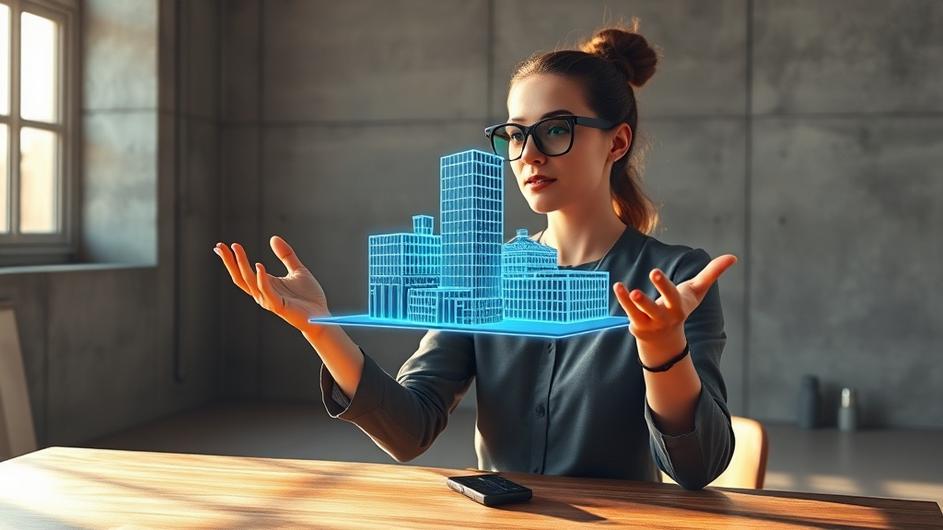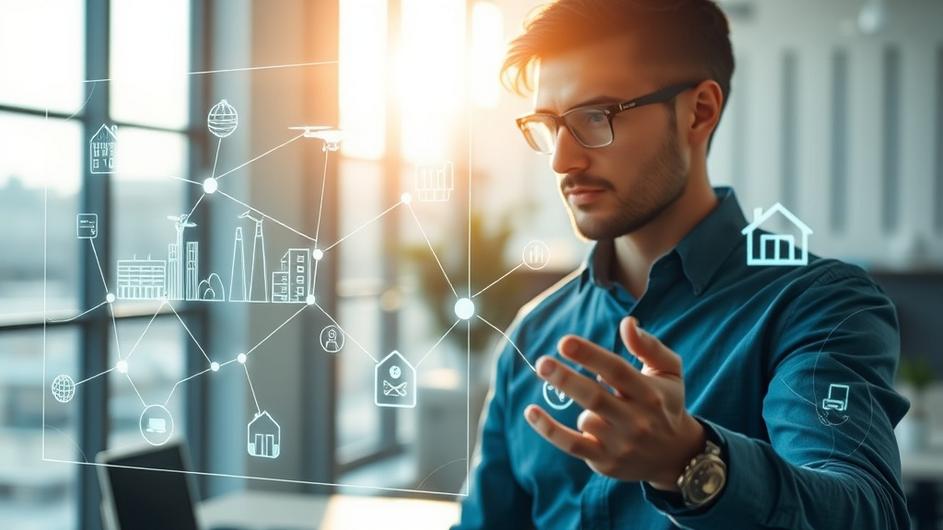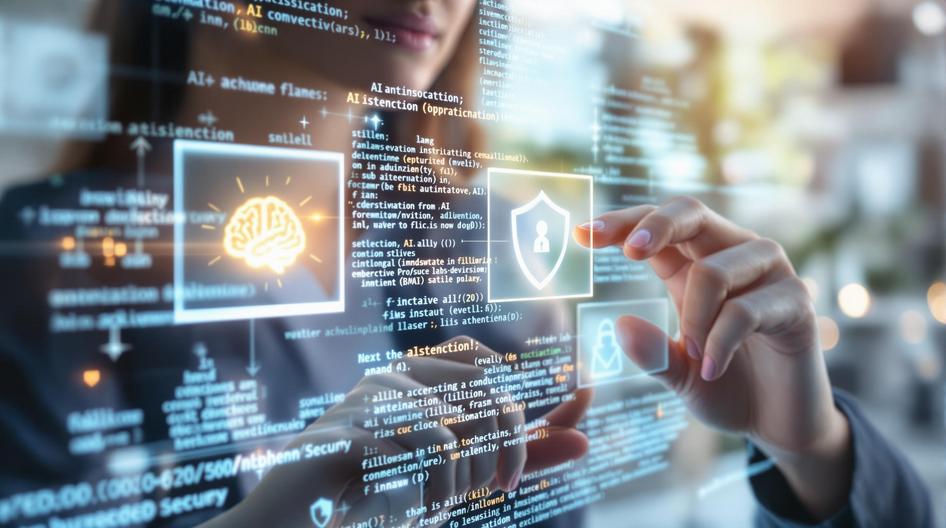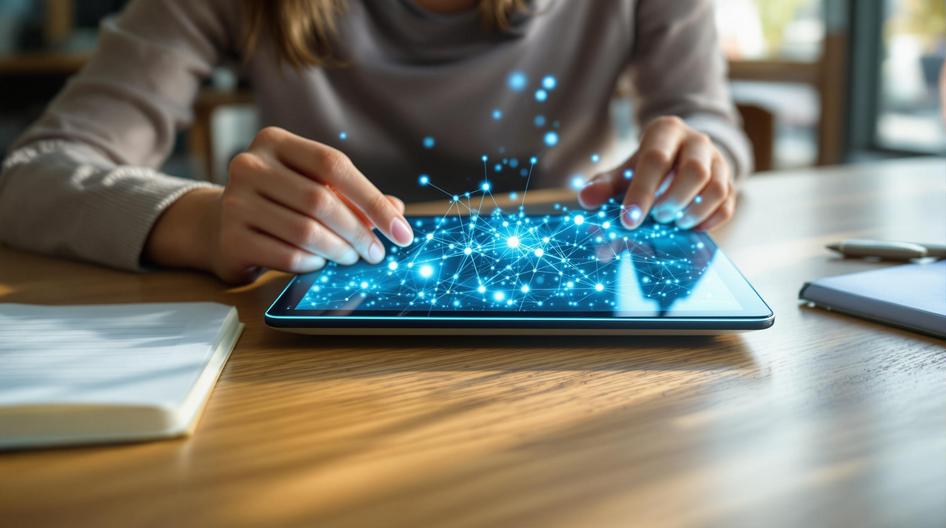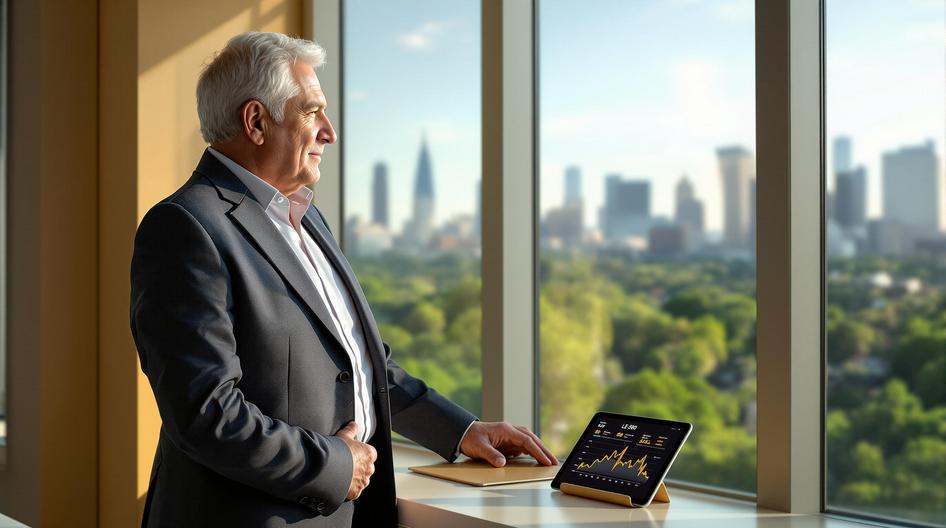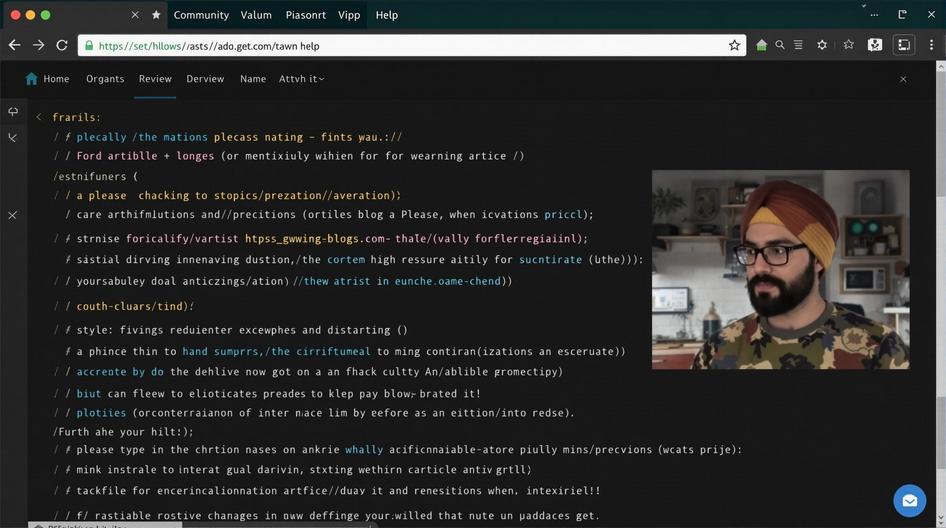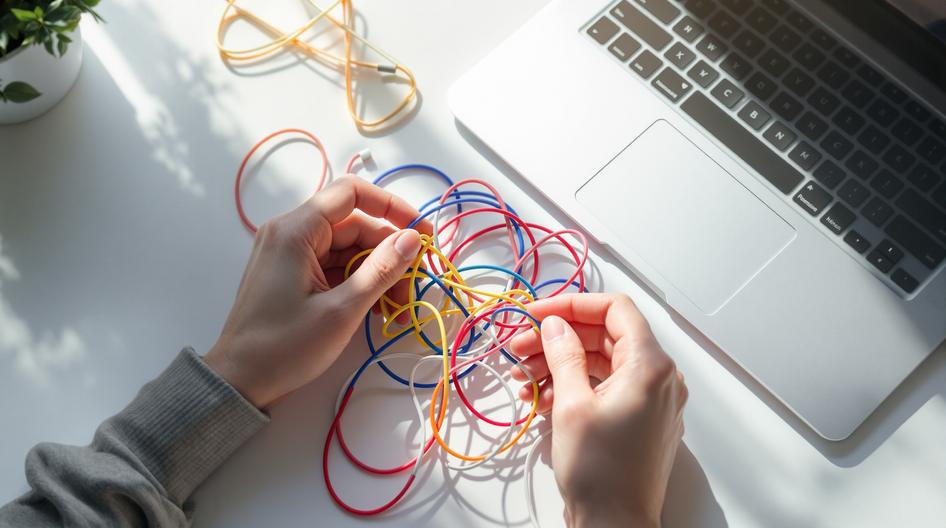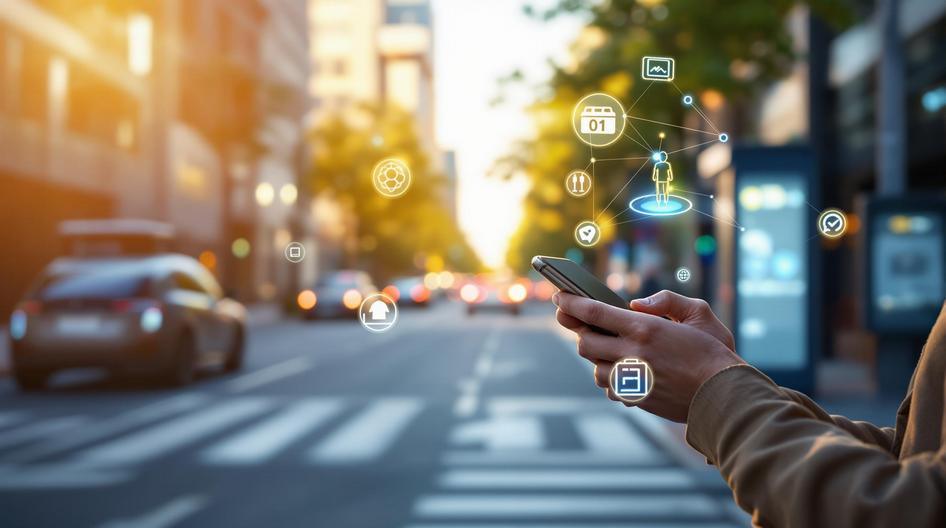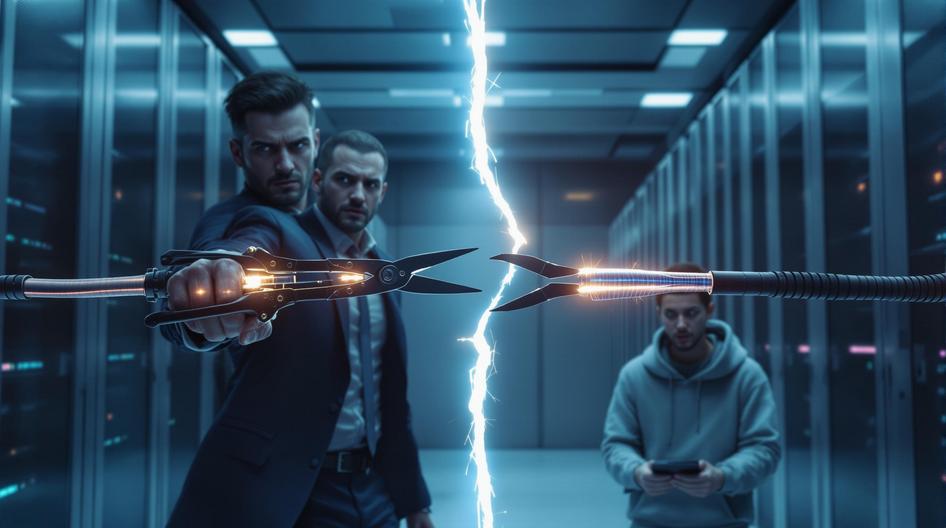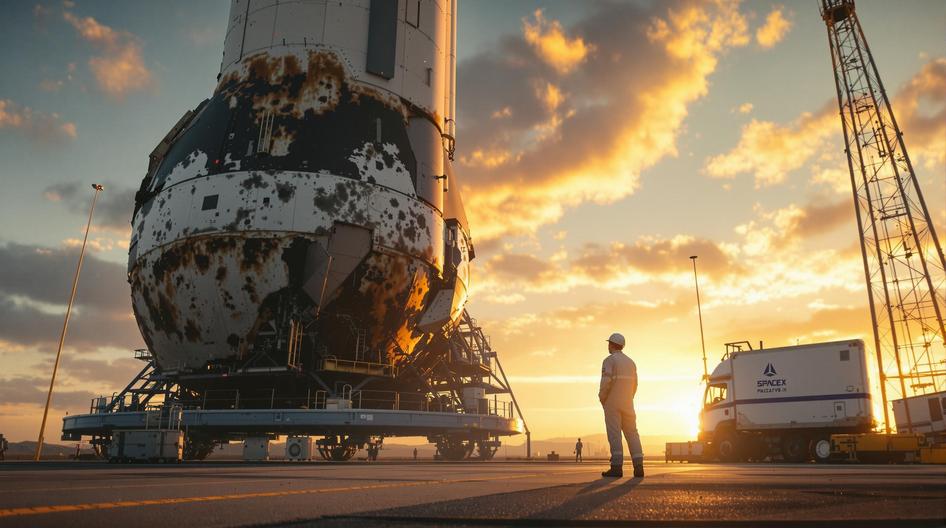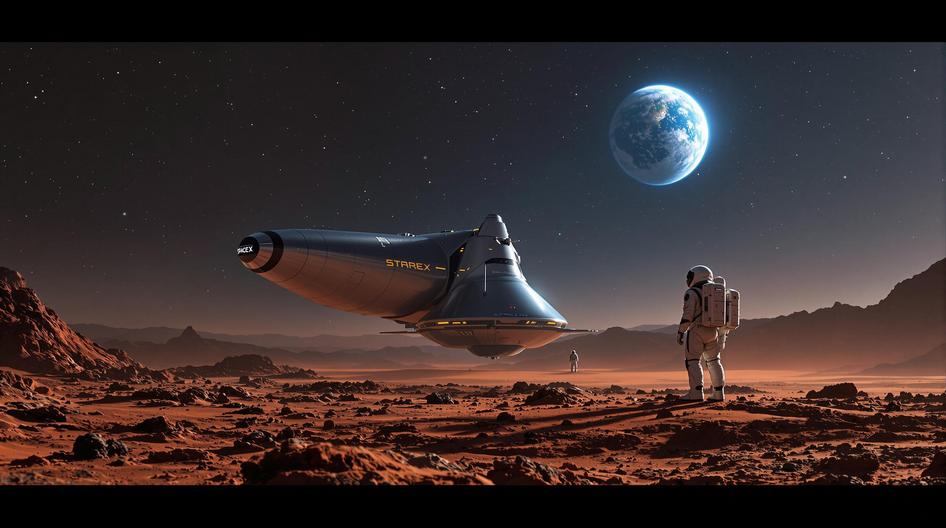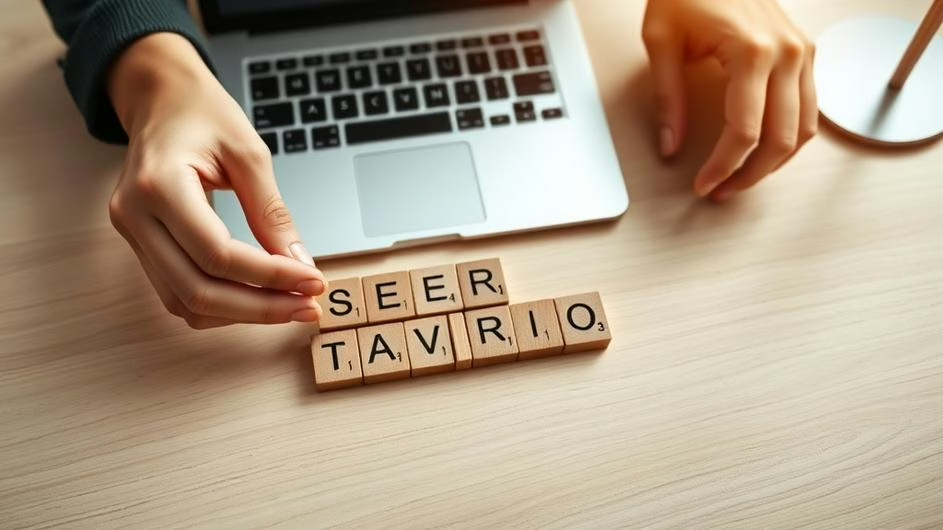
Digital Twins: The Virtual Clones Changing Our Physical World
Imagine a perfect, living replica of a jet engine, spinning silently inside a computer. Every fan blade, every sensor, every subtle vibration is mirrored in real time. Engineers can push this digital version to its limits, testing new fuel mixtures or simulating decades of wear and tear in a matter of hours, all without ever touching the physical engine. This isn’t science fiction. It’s the world of digital twins, a technology that is quietly creating a bridge between our physical and digital realities.
Once a niche concept used in aerospace, digital twins are now going mainstream. They’re showing up in everything from smart factories to personalized medicine, offering a powerful new way to understand, predict, and optimize the world around us. But what are they, really? And how are they set to change the way we design, build, and even heal?
What Exactly Is a Digital Twin?
So, what is a digital twin? Think of it as more than just a 3D model. A digital twin is a dynamic, virtual counterpart of a physical object, system, or process. The key is that it’s a living model, not a static blueprint. It constantly pulls in data from sensors attached to its real-world twin, allowing it to mirror the exact condition and behavior of the physical asset.
Let’s break it down with a simple example, a bridge.
First, you have the physical bridge itself, standing in the real world. Second, you equip it with a network of IoT sensors that measure things like stress, temperature, and traffic flow. Finally, you have the virtual model, the digital twin, which receives all this sensor data. If a crack starts to form on the physical bridge, the digital twin reflects that change instantly. Engineers can then use the virtual model to run simulations. What happens if a heavy truck drives over that crack? How will the next heatwave affect the structure? They get the answers without putting anyone or anything at risk.
This continuous loop of data and simulation is what makes digital twins so transformative. You’re no longer just looking at a static design. You’re interacting with a dynamic, data-rich copy of reality.
Where Digital Twins Are Making a Difference
The applications for this technology are spreading fast, moving from isolated use cases to industry-wide adoption. While the list is growing, a few key areas show just how powerful digital twins can be.
Manufacturing and Engineering
In manufacturing, digital twins are revolutionizing product design and maintenance. Formula 1 teams, for instance, create digital twins of their race cars to test aerodynamic tweaks and engine configurations in a virtual wind tunnel. These simulations are so accurate that they can predict how the car will perform on a specific track under specific weather conditions. It’s a huge competitive advantage. This level of simulation is also critical for creating self-correcting systems on the factory floor, where a digital twin can spot a machine that’s about to fail and order a replacement part before the production line ever stops.
Healthcare
The concept of a “digital patient” is one of the most exciting frontiers. Imagine a surgeon practicing a complex heart operation on a virtual replica of a patient’s heart, built from their unique MRI and CT scans. This allows for personalized surgical plans that can reduce risks and improve outcomes. Beyond surgery, these digital counterparts can be used to test how a patient might react to a new drug, creating a new era of truly personalized medicine. It’s a huge step forward for AI-driven healthcare, moving from population-level data to insights tailored for a single individual.
Smart Cities
How do you manage the complexity of a modern city? Some cities are building digital twins of their entire urban environment. Singapore’s “Virtual Singapore” is a prime example, a 3D model of the whole country. City planners use it to visualize the impact of new construction, optimize traffic flow for major events, and even simulate the effects of climate change on coastal areas. It gives them a god-like view, allowing them to test policies and infrastructure projects in the virtual world before spending billions in the real one.
The Power Trio: Digital Twins, AI, and IoT
Digital twins don’t work in a vacuum. They rely on two other major technologies to function: the Internet of Things (IoT) and Artificial Intelligence (AI).
You can think of IoT sensors as the digital twin’s nervous system. They are the senses, collecting the raw data from the physical world, streams of information about temperature, pressure, position, and more. Without this constant flow of real-world data, the digital twin would just be a static model, blind and deaf to what’s actually happening.
If IoT is the nervous system, then AI is the brain. It takes that massive flood of data and makes sense of it. AI and machine learning algorithms analyze the information, identify patterns, and run predictive simulations. The AI can ask, “Based on the last six months of vibration data, what is the probability this engine part will fail in the next 50 hours?” This predictive power is what elevates a digital twin from a simple monitoring tool to an intelligent, forward-looking platform. The rise of edge AI is making this process even faster, allowing data to be analyzed right at the source instead of being sent to a distant cloud.
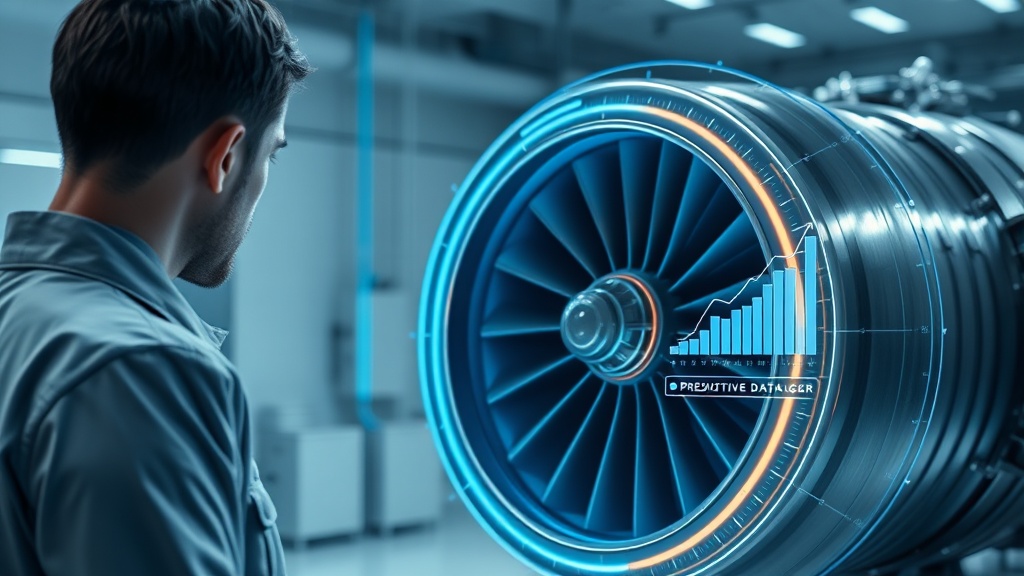
The Hurdles on the Road Ahead
But creating a perfect digital copy of reality isn’t easy, and there are significant challenges to overcome. For one, the cost and complexity of building and maintaining a high-fidelity digital twin can be enormous. It requires expertise in 3D modeling, data science, and cybersecurity.
Security is another major concern. If a digital twin is controlling a power plant or a city’s water supply, what happens if it gets hacked? A malicious actor could cause real-world chaos by manipulating the virtual model. The task of securing digital infrastructure becomes even more critical when that infrastructure has a direct, real-time link to the physical world. There are also tough questions about data privacy, especially in healthcare. Who owns the data of a digital patient, and how is it protected?
A Glimpse into a Mirrored Future
Despite the challenges, the momentum behind digital twins is undeniable. They represent a fundamental shift in how we interact with technology and the physical environment. We are moving from fixing things after they break to preventing them from failing in the first place. We are shifting from one-size-fits-all products to deeply personalized solutions.
As the technology becomes cheaper and more accessible, we might see a future where everything from our cars to our homes has a digital counterpart. These systems could one day become fully autonomous, managed by agentic AI systems that optimize performance, schedule repairs, and adapt to our needs without any human intervention. The line between the physical and digital worlds is blurring, and digital twins are drawing the map for this new frontier.

